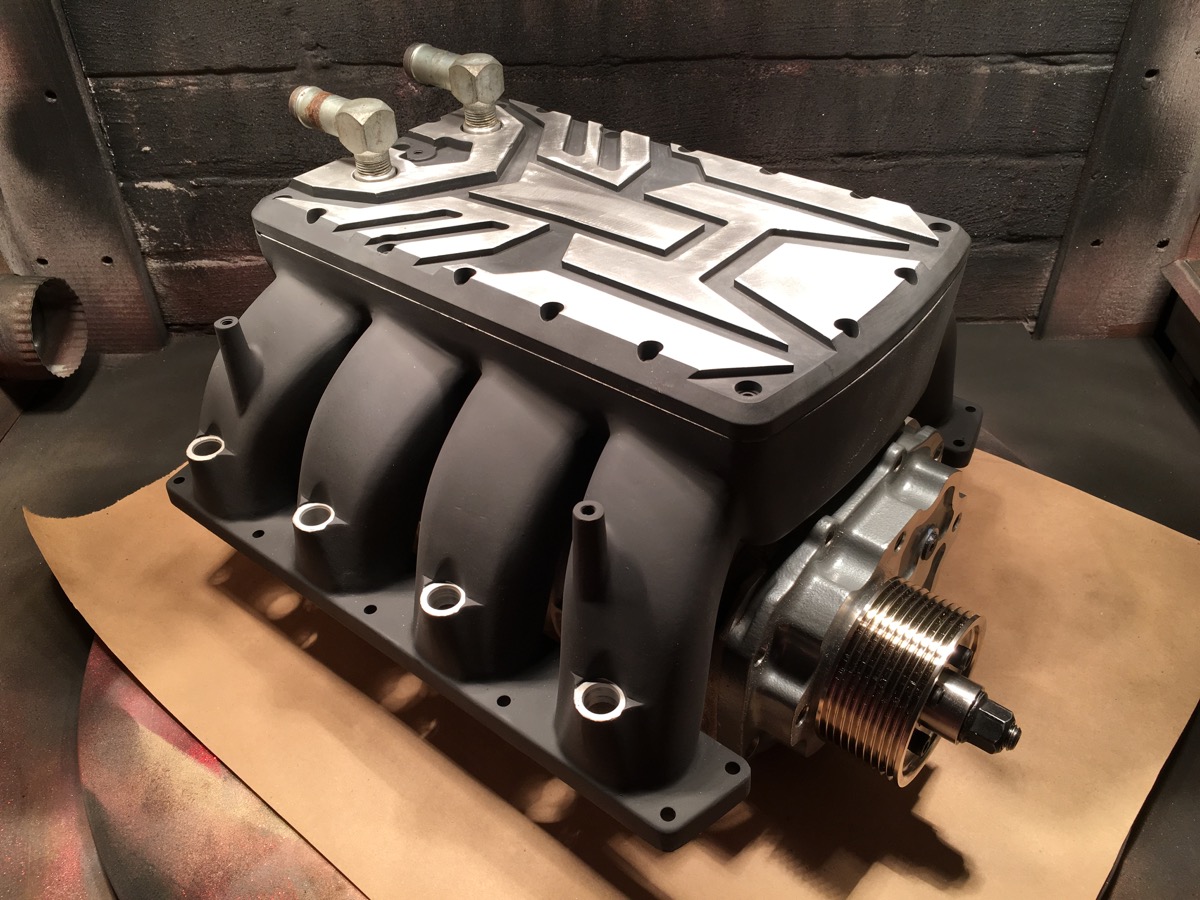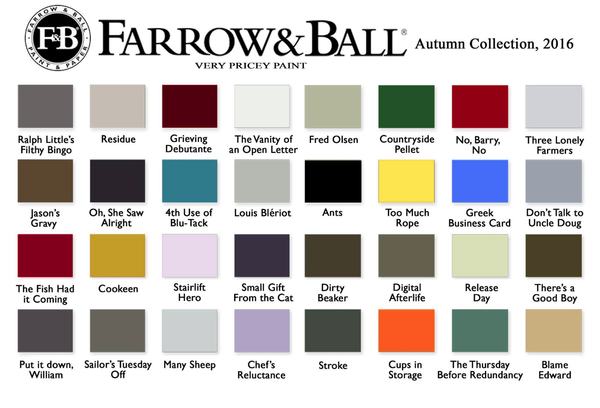Re: Re:
groovyblueshed":3as29xom said:
Calibration is critical for consistency. However, colour is subjective too and there will be variations between producers, mixers, how it's applied, what it's applied too and so on. Working in the graphics and printing industry, I know that with any particular Pantone reference you quote and specify, there will always be slight variations.
I have seen many attempts at color matching that have started with a PMS equivalent request. Printing and painting are two totally different industries. PMS swatch books have nowhere near the range of lacquer colors available, with additives and clear coat effects. Rereading your reply, I don't think you are suggesting that PMS matching is the means to ensure a pigment match, but I will rest my case on this matter at any rate here so that none tries to suggest such a system as a base going forward.
I agree with you and other before in this thread that there will possibly be variances in color coats sampled due to aging and sun bleaching that could then lead to inaccuracies in final results, and that they could be compounded by differences in application and finishing techniques, but my goal is to allow for a comprehensive reference that provides a starting point for base and color coats so that factory look can be achieved. No one wants to refinish classic Judy SL lowers in a 'lemony' or 'limey' yellow. We all know what they are 'supposed' to look like, so if they are 'off' then they won't look right. If a sample is taken from a sun bleached, flatted finish representative, when sprayed the final product will look like a shiny new sun bleached faded whatever, and that will look 'off' too.
The auto lacquer industry does a pretty good job of standardizing finishes so that repair garages and body shops can make panel repairs that match the rest of the motor. Bike manufacturers use similar finishes and apply similar methods for application. It shouldn't be hard to start a list as we discover what works if we agreed to providing all the info needed to achieve the desired outcome.
As an example, I expect my c.1995/6 Judy SL formula may include:
- a primer base coat spec
- a color coat spec
- a top/clear coat spec
Because it is yellow, I think the primer will be a bonding type and either light grey or white if available. The color coat spec would have a PPG (common in US) or other world standard pigment identification number that can be decoded and mixed to match by your local paint supplier as needed. I will likely use a two-part epoxy clear for durability, and it will have a finish spec as well, either matte, satin, or gloss.
I am a step off my intended schedule this week, I had hoped to go by my local auto finish store and see what they would be able to tell me, but I have been sidetracked with work, so I'll likely get on it in earnest next week. I need to have some wicked blue metallic/pearl color coat finish mixed up for this too:
[supercharger and intercooled intake manifold with custom Autobot lid design for my 2007 Audi S4 4.2L V8] ;-)

